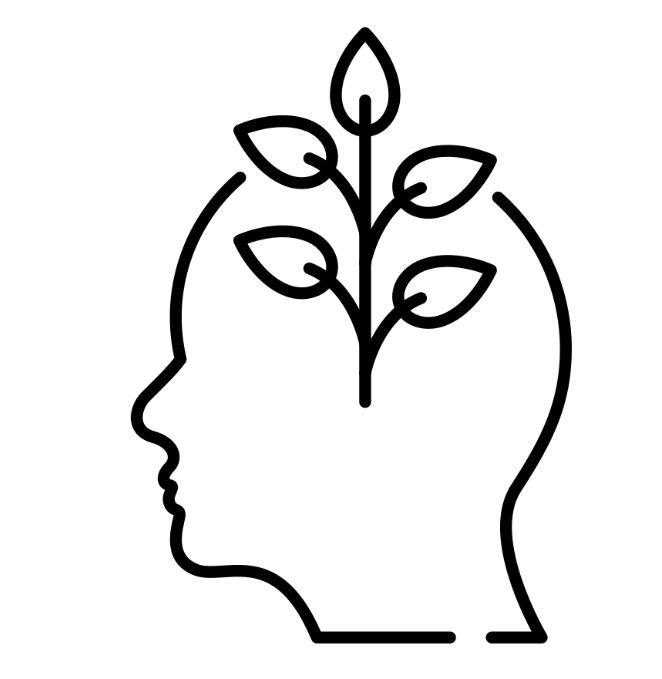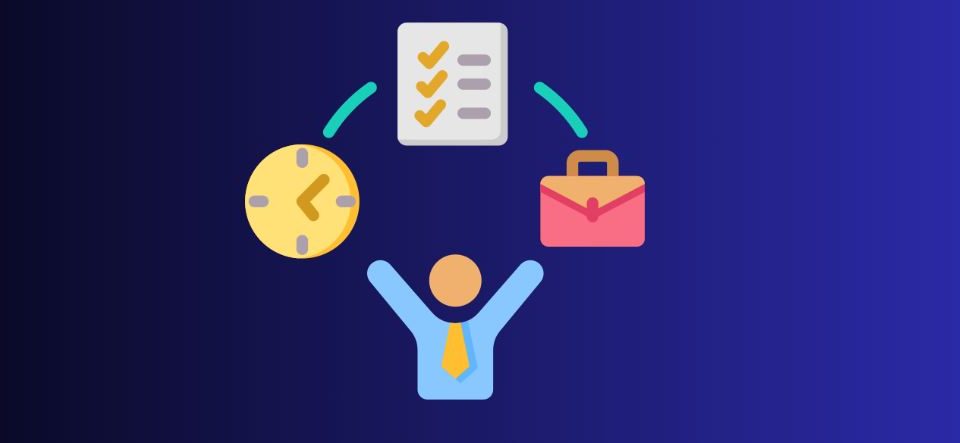The advent of artificial intelligence (AI) in education has sparked a profound debate about whether technology can replace teachers. While AI offers unprecedented opportunities for personalized learning, efficient management, and resource optimization, the human element in teaching remains irreplaceable. This article examines the potential and limitations of AI in education, exploring the balance between technology and the essential human touch.
The Rise of AI in Education
AI has significantly impacted education by introducing tools that enhance learning experiences. Adaptive learning platforms, like DreamBox and Knewton, use AI to analyze students’ progress and tailor content to their individual needs (Johnson et al., 2023). These tools enable students to learn at their own pace, addressing gaps in knowledge more effectively than traditional methods.
AI-powered chatbots and virtual assistants, such as OpenAI’s ChatGPT, have also emerged as valuable resources for answering students’ questions, providing explanations, and even offering feedback on assignments (Smith et al., 2023). Additionally, AI can assist educators by automating administrative tasks, such as grading and scheduling, freeing up more time for teachers to focus on instruction.
The Role of Teachers Beyond Instruction
While AI excels at delivering personalized content and managing repetitive tasks, teaching involves much more than knowledge transfer. Teachers play a crucial role in fostering critical thinking, creativity, and emotional intelligence—skills that are difficult for AI to replicate (Lee et al., 2022). A teacher’s ability to inspire, motivate, and build meaningful relationships with students remains central to the learning process.
Moreover, teachers provide a sense of accountability and mentorship that cannot be replaced by machines. Studies have shown that students are more engaged and motivated when they feel connected to their instructors (Heitz et al., 2021). For example, a teacher’s encouragement can help students overcome challenges and build resilience, which are essential for long-term success.
Limitations of AI in Education
Despite its many advantages, AI has limitations that underscore the importance of human educators. For one, AI systems lack the empathy and cultural sensitivity required to navigate complex classroom dynamics. They also struggle with understanding nuances, such as a student’s body language or tone of voice, which are crucial for identifying when a student needs additional support (Patel et al., 2023).
Additionally, the ethical challenges of AI in education cannot be ignored. Concerns about data privacy, algorithmic bias, and the digital divide highlight the need for human oversight to ensure equitable access and fairness (Greenfield, 2023). Teachers act as mediators who can address these challenges and advocate for their students.
Achieving the Balance
Rather than viewing AI as a replacement for teachers, it should be seen as a tool to augment their capabilities. AI can handle routine tasks, provide insights through data analytics, and offer personalized learning resources, while teachers focus on the holistic development of their students (Thompson et al., 2022).
Collaboration between AI and educators can lead to innovative teaching approaches. For instance, blended learning models combine online AI-powered tools with in-person instruction, creating a dynamic and flexible learning environment. This synergy ensures that students benefit from the strengths of both technology and human interaction.
The Future of Teaching
As AI continues to evolve, its role in education will undoubtedly expand. However, the essence of teaching—building relationships, fostering curiosity, and nurturing potential—will always require the human touch. By leveraging AI as a complementary resource, educators can enhance their impact and prepare students for the challenges of the future.
Conclusion
AI holds immense promise for transforming education, but it cannot replace the irreplaceable. Teachers bring empathy, inspiration, and adaptability to the classroom—qualities that no machine can replicate. By striking a balance between technology and human touch, the education system can create a more effective and inclusive learning experience for all.
References
- Johnson, K., & Brown, R. (2023). Adaptive Learning in Education: AI’s Role and Limitations. Journal of Educational Technology, 14(2), 30-45.
- Smith, J., Lee, H., & Patel, M. (2023). AI and Student Engagement: A Study of Chatbots in Education. EdTech Review, 8(1), 15-28.
- Lee, R., Thompson, G., & Wright, S. (2022). Beyond Automation: The Emotional Role of Teachers in Learning. Educational Insights, 9(3), 50-63.
- Heitz, C., Nguyen, T., & Carter, A. (2021). The Impact of Teacher-Student Relationships on Learning Outcomes. Education Research Quarterly, 10(4), 18-30.
- Patel, A., & Green, D. (2023). AI’s Challenges in Understanding Human Emotions in Education. International Journal of AI Ethics, 12(1), 40-56.
- Greenfield, D. (2023). Ethical Considerations for AI in Education. Journal of Digital Innovation, 8(3), 60-78.
- Thompson, L., & Kim, S. (2022). Blended Learning Models: The Future of Education. Learning Tech Journal, 11(2), 25-40.
- Carnegie Learning. (2023). How AI is Enhancing Personalized Learning. Retrieved from www.carnegielearning.com
- OpenAI. (2023). AI Tools in Education: Opportunities and Challenges. Retrieved from www.openai.com
- Woebot Health. (2023). AI for Mental Health Support in Education. Retrieved from www.woebothealth.com
- Stanford University. (2022). AI and Human Collaboration in Learning. Retrieved from www.stanford.edu
- Harvard EdTech Lab. (2023). Innovations in AI for Classroom Dynamics. Retrieved from www.harvard.edu




